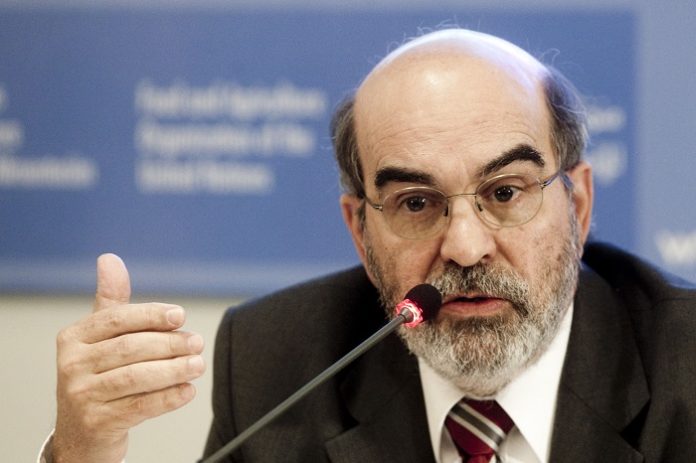
Bolstering the opportunities that allow rural people in developing countries to remain at home is a critical component of any plan to tackle the contemporary migration crisis, FAO Director-General José Graziano da Silva said today.
“A necessary first step is to address the factors that lead to distress migration,” he said today during the UN Summit for Refugees and Migrants.”We must create the opportunities for rural people in developing countries to stay in their home.”
While that is ultimately a collective effort, investing in sustainable agriculture and rural development is an integral part of any solution, Graziano da Silva said.
Large-scale cross-border movements in recent years have sparked tensions in some countries, placing migration high on the diplomatic agenda and front and center at talks this week in New York.
While migration has throughout history been a driver for development, the cost becomes too high when people find that leaving their homes is their only alternative, Graziano da Silva said.
“Migration should be an act of choice, and not a desperate last resort,” Graziano da Silva said.
FAO’s playbook for rural resilience
A starting point for effective action is rural areas in developing countries, where more than 75 percent of the world’s poor and food insecure live.
Such people are highly vulnerable to conflict, persecution, poverty, lack of employment, inequality, environmental degradation and climate change, each and all of which can “quickly chip away at their capacity to provide a decent life for their families,” Graziano da Silva said.
FAO promotes measures aimed at building resilience and fostering development in countries where many of today’s migrants originate. Ensuring adequate access to land and water, empowering women, and promoting financial inclusion to boosting family farming, paying special attention to rural youth’s needs and prospects, and strengthening social protection schemes that can serve as buffers against shocks are among FAO’s key priorities.
Facts and figures
There were an estimated 244 million international migrants in the world in 2015, a 40 percent increase since 2000. At the same time, internal migration flows are even larger, involving an estimated 740 million people in 2013. Forcibly displaced persons number roughly 65 million, more than a third of whom are refugees or asylum seekers.
More than half of all rural households in many African countries report having at least one member who has migrated away.
While refugees from conflict situations are often highly visible, 87 percent of people in conflict zones do not flee their homes despite facing severe food insecurity. And almost all of those that do end up in developing regions, with the largest host countries being Turkey, Pakistan, Lebanon, the Islamic Republic of Iran, Ethiopia and Jordan.
SOURCE: Food and Agriculture Organization of the United Nations (FAO)

